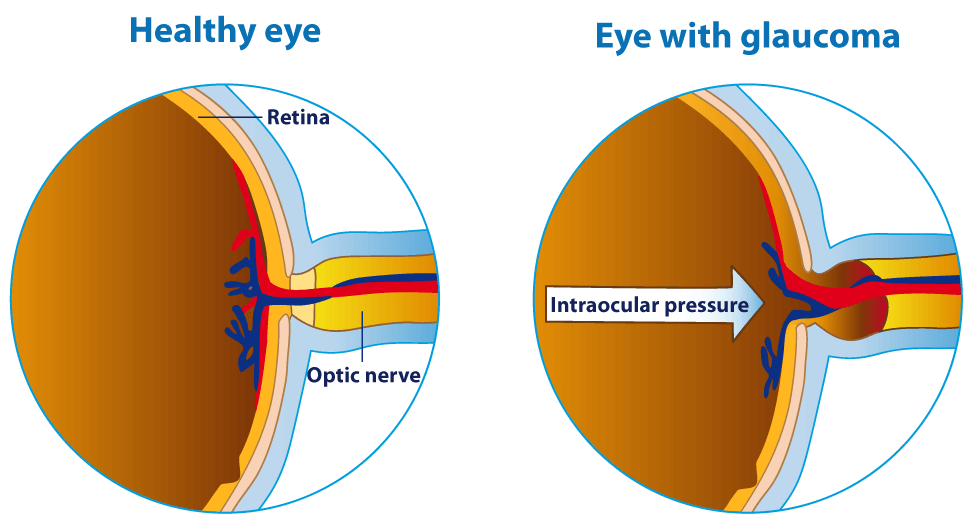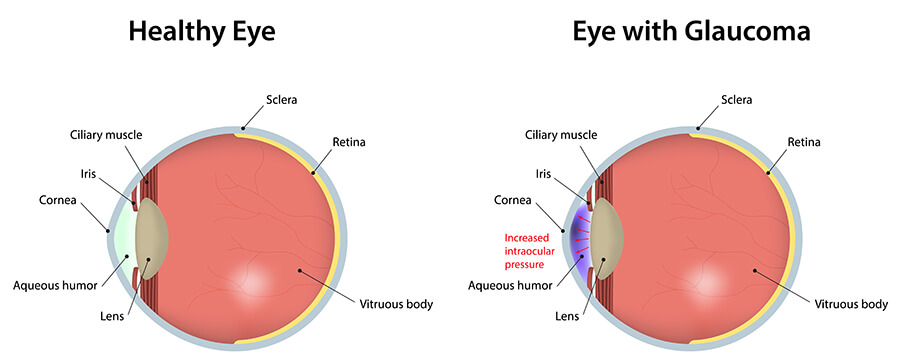Understanding the Various Vision Adjustment Procedures Available for Clearer View
In the realm of vision modification treatments, a plethora of alternatives exist to address refractive mistakes and provide individuals with clearer sight. Let's check out the details of these procedures and lost light on the path to achieving boosted vision clarity.
LASIK Surgical Treatment
LASIK surgery is a typical refractive treatment made use of to fix vision troubles such as farsightedness, nearsightedness, and astigmatism. This surgical technique, which stands for Laser-Assisted in Situ Keratomileusis, aims to improve the cornea to enhance exactly how light is concentrated on the retina, inevitably boosting vision clearness.
Among the primary advantages of LASIK surgical procedure is the fast improvement in vision experienced by clients. Several people see a considerable improvement in their eyesight promptly after the treatment. Furthermore, many people report minimal discomfort and discomfort throughout the surgical procedure and recovery period. The healing time for LASIK is fairly fast, with several people returning to their day-to-day activities within a day or more post-operation. On the whole, LASIK surgery is a prominent option for people seeking a lasting remedy for their vision troubles.
PRK Treatment
While also an usual refractive treatment, the PRK (Photorefractive Keratectomy) technique differs from LASIK surgical treatment in its technique to correcting vision problems. In PRK, as opposed to developing a flap on the cornea, the external layer of the cornea, called the epithelium, is completely eliminated. This enables the laser to reshape the cornea to correct refractive mistakes such as nearsightedness, astigmatism, and farsightedness straight externally.

In spite of the longer recovery time, PRK can generate excellent lead to vision renovation, making it an important choice for those that may not be ideal prospects for LASIK surgical procedure.
Implantable Lenses
As opposed to PRK where the cornea is improved directly, implantable lenses offer an additional method for remedying vision by placing synthetic lenses inside the eye. This treatment is specifically helpful for individuals with high degrees of astigmatism, nearsightedness, or farsightedness that might not be appropriate candidates for laser surgical procedures like LASIK or PRK.
Implantable lenses, likewise called phakic intraocular lenses, job by supplementing the eye's all-natural lens with a fabricated one. eyecare near me. These lenses can be positioned before the natural lens (former chamber) or behind the iris and in front of the natural lens (posterior chamber) By adjusting the power and positioning of these lenses, ophthalmologists can properly correct refractive errors and enhance visual skill
One benefit of implantable lenses is that they are detachable and exchangeable, providing versatility for future changes. However, as with any procedure, there are dangers entailed, such as infection or cataract formation. Individuals considering implantable lenses must speak with an eye treatment expert to determine one of the most ideal alternative based upon their specific needs and eye health.
Corneal Rings
Corneal rings, additionally called intracorneal ring sectors, are small, transparent devices put into the cornea to remedy vision distortions such as keratoconus. Keratoconus is a problem where the cornea thins and bulges outside, creating vision to come to be altered. The insertion of corneal rings helps to flatten the cornea, enhancing visual acuity and reducing the irregular astigmatism triggered by keratoconus.
The procedure for putting corneal rings is reasonably fast and minimally invasive, usually done as an outpatient treatment. During the surgical treatment, the ophthalmologist makes a little laceration in the cornea and inserts the rings at a details depth. When in area, the rings help to improve the cornea, supplying a smoother surface area for light to go into the eye, which can result in more clear vision.
Corneal rings are thought about a relatively easy to fix procedure, as they can be eliminated or changed if needed. retina service near me. While they might not entirely remove the requirement for glasses or call lenses, corneal rings can considerably improve vision quality and learn the facts here now total visual comfort for individuals with keratoconus or other corneal abnormalities
Refractive Lens Exchange
Complying with the improvement of corneal abnormalities with procedures like corneal rings, an additional vision modification technique that can resolve refractive errors is Refractive Lens Exchange (RLE) RLE is a surgery that involves replacing the eye's natural lens with a synthetic intraocular lens (IOL) to remedy refractive errors such as farsightedness, presbyopia, and nearsightedness. This procedure is particularly helpful for individuals who may not appropriate candidates for treatments like LASIK or PRK as a result of factors such as thin corneas or high refractive errors.

Verdict
In verdict, there are various vision adjustment procedures available to help people attain more clear view. LASIK surgical treatment, PRK treatment, implantable lenses, corneal rings, and refractive lens exchange are all choices that can address different more helpful hints vision problems.
In the world of vision correction procedures, a wide range of choices exist to deal with refractive errors and give people with clearer view.LASIK surgical procedure is a typical refractive treatment made use of to remedy vision problems such as nearsightedness, astigmatism, and farsightedness.While also an usual refractive procedure, the PRK (Photorefractive Keratectomy) technique differs from LASIK surgical procedure in its technique to dealing with vision problems.Following the adjustment of corneal abnormalities with procedures like corneal rings, an additional vision improvement technique that can resolve refractive errors is Refractive Lens Exchange (RLE) LASIK surgical procedure, PRK treatment, implantable lenses, corneal rings, and refractive lens exchange are all options that can address various vision Go Here concerns.